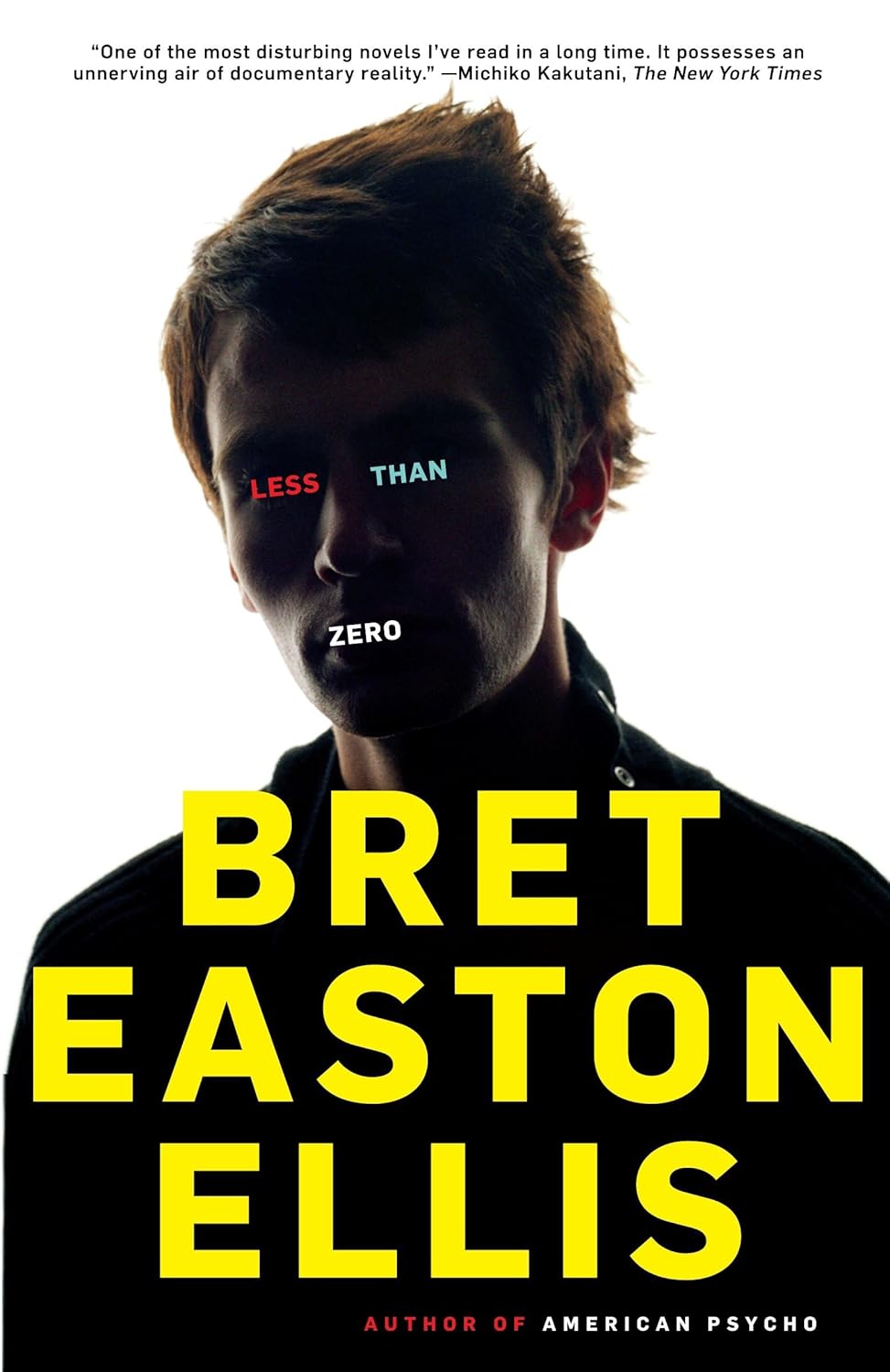Introduction: A Literary Molotov Cocktail
When Bret Easton Ellis’s Less Than Zero exploded onto the literary scene in 1985, it wasn’t just another coming-of-age story—it was a cultural detonation. Written when Ellis was just 19 (and published at 21), this debut novel didn’t merely describe youthful disillusionment; it immersed readers in the amniotic fluid of moral decay, presenting a Los Angeles so saturated with privilege that human connection had become chemically impossible.
The novel follows Clay, an 18-year-old college student home for Christmas break, as he drifts through a landscape of cocaine-fueled parties, casual sex, and escalating horrors. What makes Less Than Zero extraordinary isn’t its depiction of depravity—it’s the clinical detachment with which Ellis renders these scenes, creating what critic Michiko Kakutani called “a novel so insistently vapid that it forces you to think about what vapidity really means.”
Nearly four decades later, the novel’s power hasn’t diminished. If anything, our era of influencer culture and performative wealth makes Ellis’s vision more prescient. This review will examine why Less Than Zero remains one of the most disturbing—and important—novels about American privilege ever written.
The Ellis Phenomenon: Prodigy or Provocateur?
Before analyzing the novel itself, it’s crucial to understand its extraordinary genesis:
- Youthful Achievement: Begun at 19, published at 21—Ellis wrote what would become a defining novel of Generation X while still an undergraduate at Bennington College
- Radical Editing Process: The original manuscript was a sprawling 1,000 pages before Ellis’s professor suggested the minimalist present-tense style that became his signature
- Controversial Legacy: While American Psycho (1991) became Ellis’s most infamous work, many critics argue Less Than Zero represents his most authentic artistic statement
- Literary Universe: This debut introduced what would become Ellis’s interconnected world of characters, later expanded in The Rules of Attraction and other works
Ellis’s youth when writing the novel explains its unique power—there’s an unfiltered quality to the prose that an older writer might have polished away. As Ellis himself noted: “Had I wrote this book when I was older, it would have sucked.”
Plot Deconstruction: Four Weeks in Hell
Unlike traditional narratives, Less Than Zero operates through accumulation rather than conventional plot structure. Over Clay’s four-week winter break, we witness:
The Surface Narrative
- Endless parties in the Hollywood Hills where conversations consist entirely of pop culture references
- Drug deals conducted with the casualness of coffee orders
- Sexual encounters so devoid of intimacy they might as well be medical procedures
The Rot Beneath
- Julian’s descent into prostitution to pay drug debts—the only character facing consequences
- A snuff film screening where reactions range from arousal to mild curiosity
- The infamous climax involving a 12-year-old girl that tests readers’ moral endurance
What makes these events so disturbing isn’t their graphic nature (Ellis is actually quite restrained in description), but the characters’ reactions—or rather, their complete lack thereof. When Clay witnesses a coyote die in agony after Blair hits it with her car, his observation is as emotionally engaged as if he were noting a change in weather.
Final Assessment: Why This Novel Matters
Less Than Zero isn’t a novel one “enjoys” in the traditional sense—it’s a book that colonizes your subconscious, its images surfacing unexpectedly months after reading. While not for the faint-hearted, it remains essential reading for understanding how privilege can create emotional mutants, and how art can expose this transformation without flinching.
Who Should Read It: Admirers of Joan Didion’s social commentary, fans of American Psycho‘s satire, or anyone who believes fiction should challenge rather than comfort. Approach with strong stomach and stronger moral compass.
